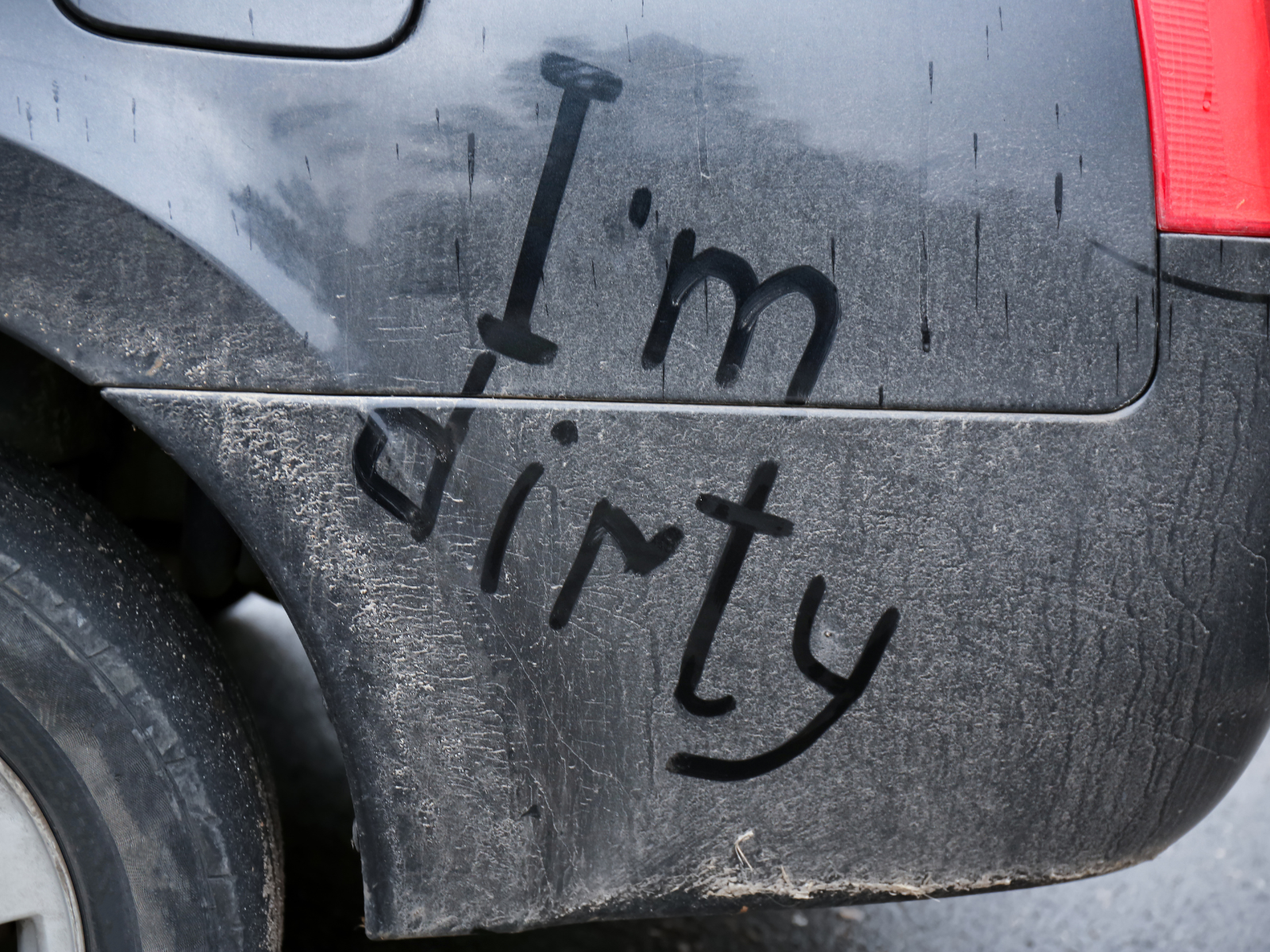There’s something about a freshly cleaned car that just feels right. Whether it’s the way the paint catches the light or how the windows seem to vanish when they’re spotless, keeping a vehicle clean is about more than looks. It’s also one of the easiest ways to protect its value over time.
For car lovers, a regular wash is part of the routine. But for many drivers, it’s hard to know how often is too often – or not often enough. Truth is, there’s no single answer. It depends on where you drive, what the weather’s like, and how you store the vehicle when it’s not in use.
So, let’s break it down properly.
What Factors Affect How Often You Should Wash?

The ideal cleaning schedule isn’t set in stone. It tends to shift depending on what your car’s exposed to on a weekly basis. Live in a town or city? You’re probably picking up soot, pollen, and oily road grime that clings to the surface and dulls the finish. Drive mostly rural routes? You’ll have to deal with dust, dried mud, and squashed insects.
Add in coastal air, tree sap from summer parking spots, or diesel fumes from the school run, and suddenly the paint’s under attack from all angles. Storage also plays a role. Cars parked in garages tend to stay cleaner longer, while those left outside need more frequent attention.
In short: the dirtier your environment, the more often a clean-up’s worth your time.
Weather Conditions and Seasonal Impact
Weather plays a big part in how quickly a car gets grubby. In summer, you’ll find your windscreen speckled with bugs and the paint layered in fine dust after just a few drives. But that’s mostly cosmetic. Come winter, the risks are more serious.
Road salt, slush, and grit can cling to bodywork, wheels, and wheel arches – and over time, they’ll eat away at metal. Rain doesn't always help either. What looks like a free rinse often leaves behind watermarks and pollutants.
So, depending on the season, your washing routine might need to shift gears slightly.
How Often Should You Wash in Winter?
It’s usually best to wash your car more regularly during the colder months – especially if the council’s been out salting the roads. Once a fortnight is a fair aim, though some owners opt for a weekly wash depending on how far and where they drive.
Pay particular attention to the underside and lower panels, as this is where salt tends to build up. A pressure rinse under the arches can make a huge difference in stopping long-term rust. And it doesn’t need to be a deep clean each time – just enough to strip off the worst of the build-up.
Do You Need to Wash After Every Rain?
It’s tempting to think of rain as a free car wash, but sadly, that’s not quite how it works. Rainwater often carries contaminants picked up from pollution in the air. Once the rain dries, you’re left with a thin film of residue that can dull the paint and mark the windows.
If your car was already dusty or had light dirt on it, rain can spread that around, making the car look worse than before. That said, you don’t need to panic after every shower. But if the car looks streaky or your windscreen smears with every wipe, it might be worth a gentle rinse sooner rather than later.
The Difference Between a Quick Rinse and a Full Wash

A quick rinse is, well, exactly what it sounds like. It’s a fast way to remove loose dirt, bird mess, or surface dust before it has a chance to settle. It’s perfect for in-between cleans – especially if you’ve only done short drives in fair weather.
A full wash, on the other hand, includes shampoo, proper tools, drying, and possibly even waxing or tyre dressing. It takes more effort, but it resets the car to “freshly detailed” status. Most owners mix both – rinses when needed, and deep cleans every couple of weeks.
What About Waxing and Detailing?
Waxing isn't just for show cars. A good layer of wax helps protect the paint from UV rays, grime, and minor scratches – and it makes the next clean easier, too. As a general rule, waxing every 2–3 months keeps the surface in top shape.
Detailing goes further. It can include clay-bar treatment, machine polishing, and full interior refreshes. It’s not something you need to do often, but once or twice a year makes a noticeable difference – especially before or after winter.
If you’re giving a car-related gift, detailing vouchers go down extremely well with enthusiasts.
Common Mistakes When Washing Your Car
It’s easy to mean well but do more harm than good. One of the biggest mistakes people make is using the wrong cloths – old towels, sponges, or even kitchen rags can leave behind swirl marks. Another one? Skipping the pre-rinse and rubbing dry dirt into the paint.
Overusing strong detergents can also strip away wax and dull the surface. Likewise, washing under direct sun can cause streaks and water spots. It all adds up. So, technique matters just as much as frequency.
Best Practices for Keeping Your Car Looking New
Here’s what tends to work best for long-term shine:
- Use the two-bucket method (one for soapy water, one to rinse your mitt).
- Stick to microfibre cloths for both washing and drying.
- Rinse thoroughly before shampooing – don’t scrub dry dirt.
- Apply wax or sealant every couple of months.
- Clean wheels and tyres last – they’re usually the dirtiest.
- Park in the shade where possible, especially in summer.
- For winter, keep a pressure rinse part of your routine.
Over time, these small habits can stop early wear and tear – and make your car easier to clean every time.
Tailor Your Routine to Your Roads
There’s no single magic number for how often to wash your car. Some might be fine every two weeks, others might need a touch-up after a single drive. What matters is staying aware of your driving environment and picking the right approach for the conditions.
Whether you’re preserving the shine on a Sunday classic or just making sure the family motor doesn’t rust to bits, regular cleaning pays off in the long run. It’s not just about pride – it’s protection.
